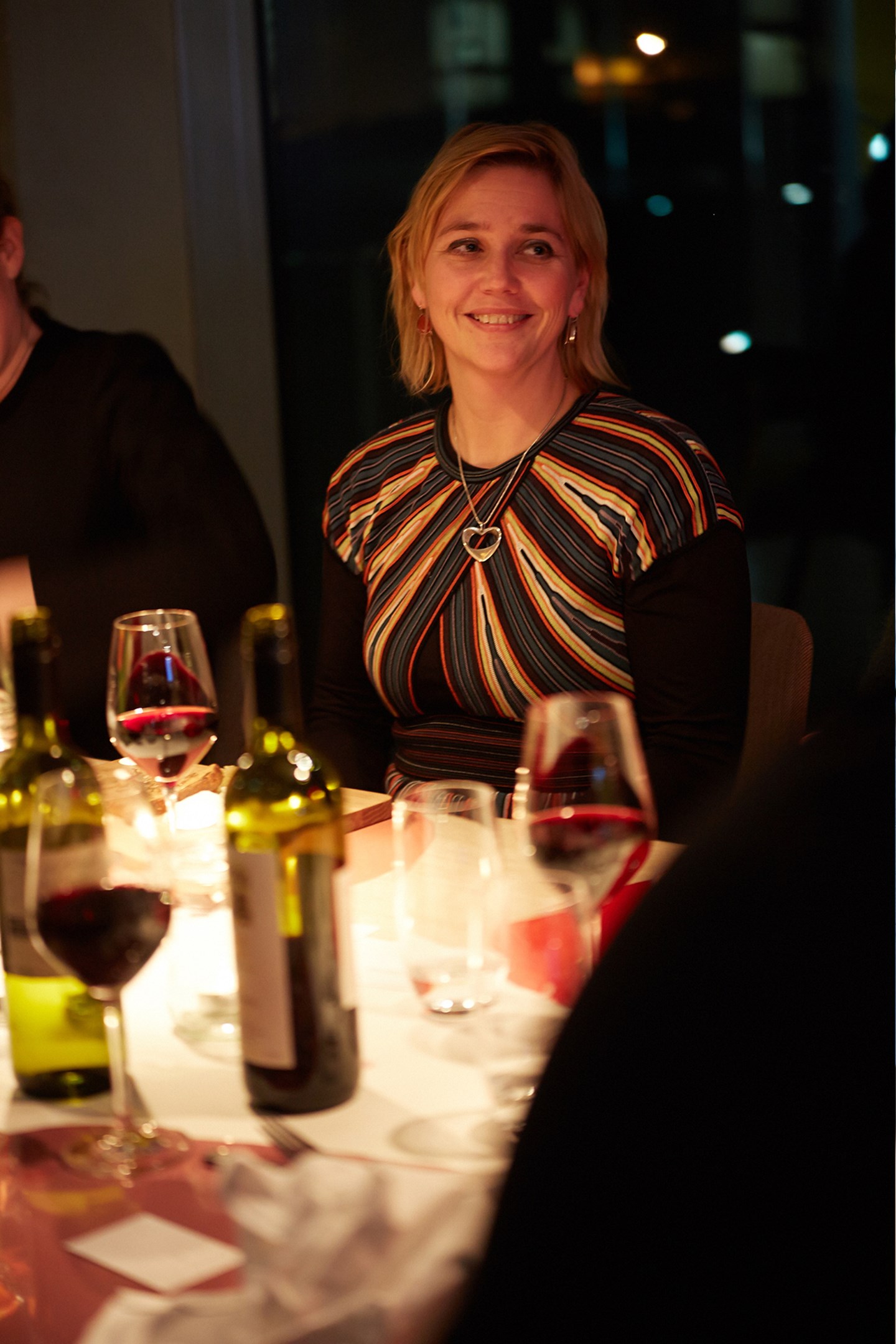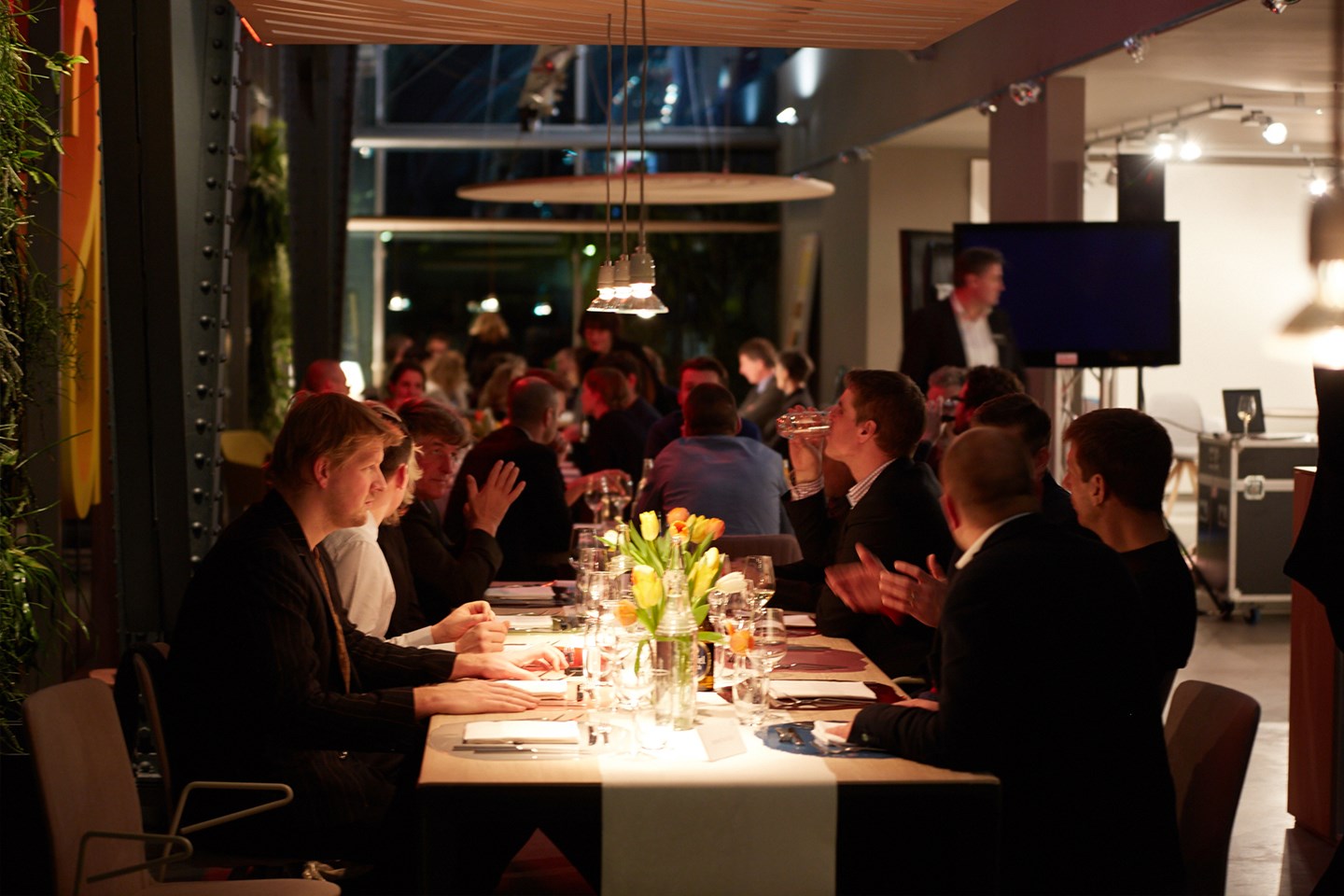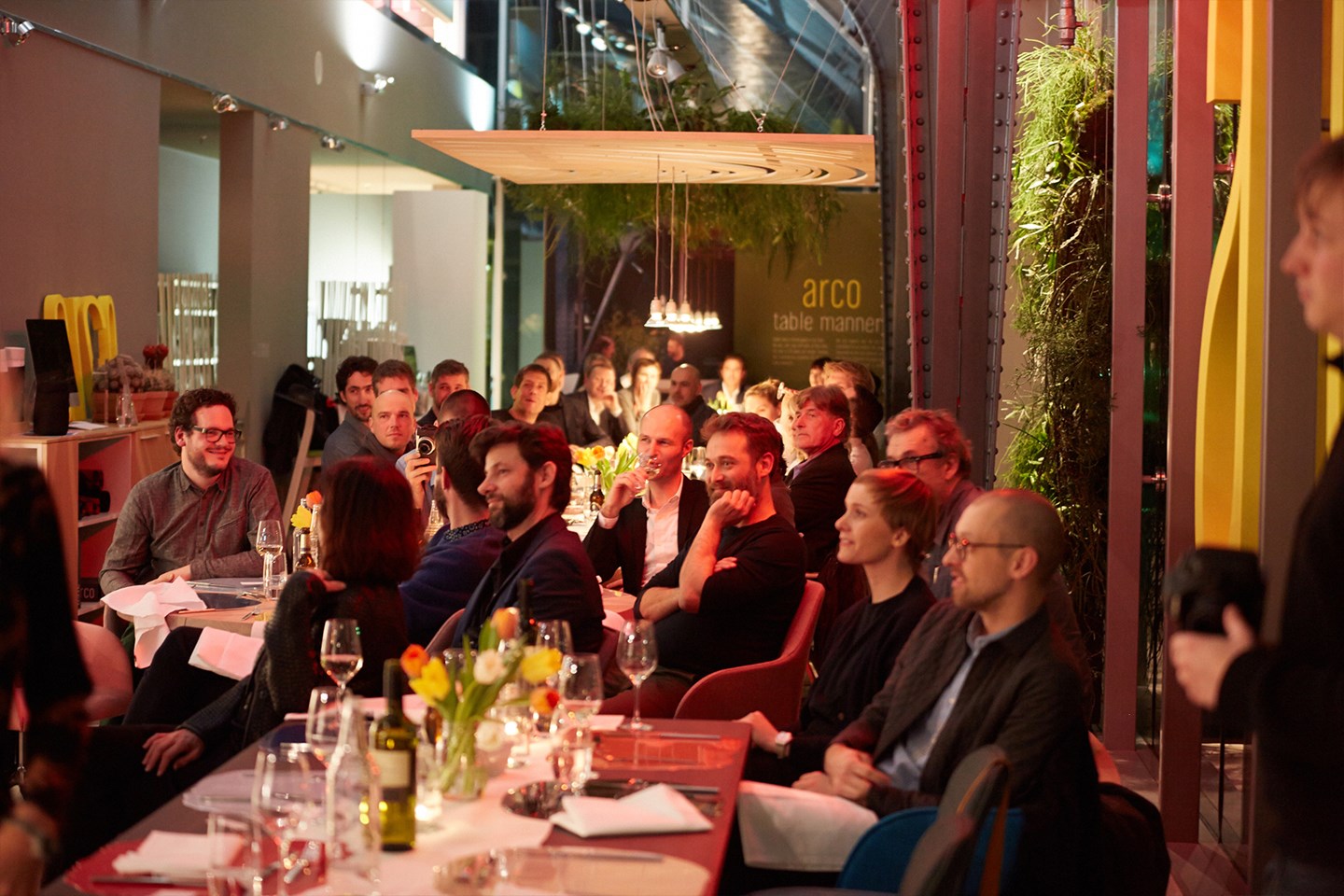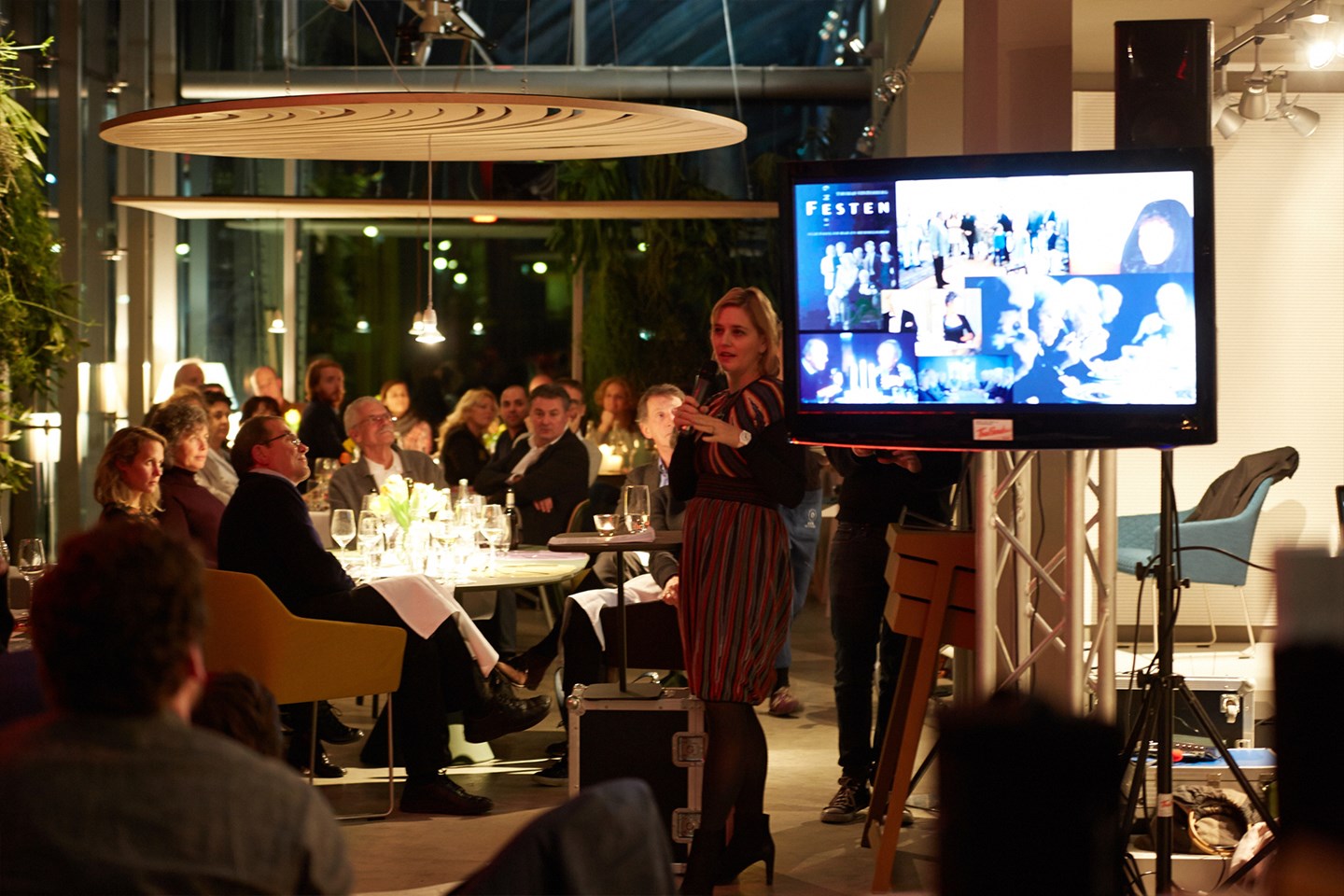Stine Jensen
The identity of Dutch tabling
The word ‘tabling’ is a Dutch verb. Tafelen, is connected to the table, like the English have one for chair which the Dutch don’t have: chairing. You can’t table on your own, in Dutch. I table, ik tafel, is not possible as an expression. Tabling basically includes all the activities we do while hanging around at a table: drinking, talking, eating, and laughing. Dutch people consider it also ‘gezellig’ to table, another Dutch word that is not easy to translate into English – meaning something like ‘cosy’. ‘Lekker gezellig tafelen’ is a typical Dutch expression. Lekker is also a typical Dutch word – we use it for basically everything: lekker weer (nice weather), lekker wandelen (great walk), lekkere man (handsome man). Going Dutch means: ‘lekker gezellig tafelen’.
I’m not Dutch myself. I’m Danish. I grew up in a Danish home in the Netherlands raised with Danish table manners and customs, which, I can assure you, are quite different from the habits of my Dutch table friends. In Danish movies you can see some nice examples of a dinner party, whether it be Festen of Babettes Feast. The conversation will be quite repressed, yet skilful and we nod a lot at everybody saying skol many times and avoiding all painful areas of conversation, politics, and sexuality health. Until the alcohol kicks in and someone taps the glass and starts to speech, revealing all kinds of embarrassing truths.
Now the Dutch also have their own famous style. Let me tell you how I got to know the Dutch as a guest in my house. He or she will arrive with their own bottle of wine – the French would be very offended if you’d did this suggesting that their wine isnt’ good enough- immediately ask where the toilet is and probably visit it, then check out with great curiosity your whole house (you’ll be expected to give a round tour) and endure plenty of comments and recommendations (‘great curtains!’ ‘Where do you sleep?’ ‘You could also make an extra room out of this bedroom!’) To sum up Dutch identity briefly: it is open, pragmatic, honest and aimed at equality, but also slightly rude, simple, and very direct.

The Dutch have been known for these traits for centuries. Whereas the rest of Europe had social manners, the Dutch still shared the same cup at the table and were eating from one dinner plate. The Dutch philosopher Erasmus made a book in the 15th Century with Dutch table manners for children, trying to improve what he considered the Dutch identity: simpleness, rudeness, loud, burpy and windy at the table. He advised that from now on children had to wash hands before dinner and where not allowed to take a sip before wiping their mouths with a napkin. It took until the 18th Century for the Dutch to have their individual plates, glasses, fork and knives.

They might not be famous for table manners, but the Dutch are famous for their paintings, in which the bad table manners by the way have been portrayed incredibly beautiful. It perfectly shows the Dutch identity.
Consider the most famous example from Dutch art history, call it he founding moment of the art of Dutch ‘tabling’ if you like. Here’s an iconic painting that you probably all know: Vincent van Gogh, The Potatoe-eaters. De aardappeleters. Vincent van Gogh made it in 1885 at a farmers family in Nuenen. This is how the Dutch used to live and eat: all gathered at a small table sitting on wooden chairs, with as little light as possible, sharing potatoes. The Dutch iconic meal still contains the same ingredient, with some meat and health added: Vleesje, aardappelen, groenten. Meat, potatoes, vegetables. You can mash the whole bunch with a fork – and this typical Dutch thing is called prakken. And if not on their own plate, they do it in the pots, which they put on the table. Stampot, potatoes mashed with some kind of vegetable, you name it and it exist andijvie-stampot, zuurkoolhutspot. The Dutch make a little whole, a dimple in the middle. Why? Well who knows, we know the Dutch are famous for building dykes as well.


The Dutch can even do without a table if they want to be quick. They just get their meal from a wall in town. The Dutch call this ‘uit de muur eten’ – eating from the wall.
Fortunately, the Dutch cuisine and the art of tabling has developed and done wonderful things. For one thing: they turned their tradition of a robust attitude in a line of wonderful Dutch design tables – such as those from Arco – to guarantee your evening of “lekker gezellig tafelen”.